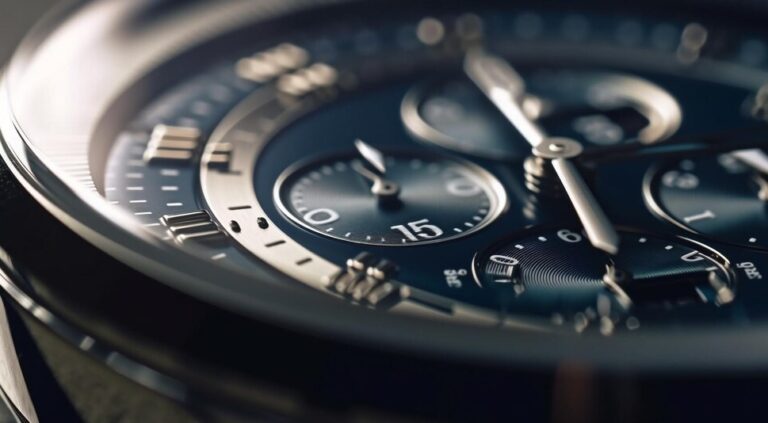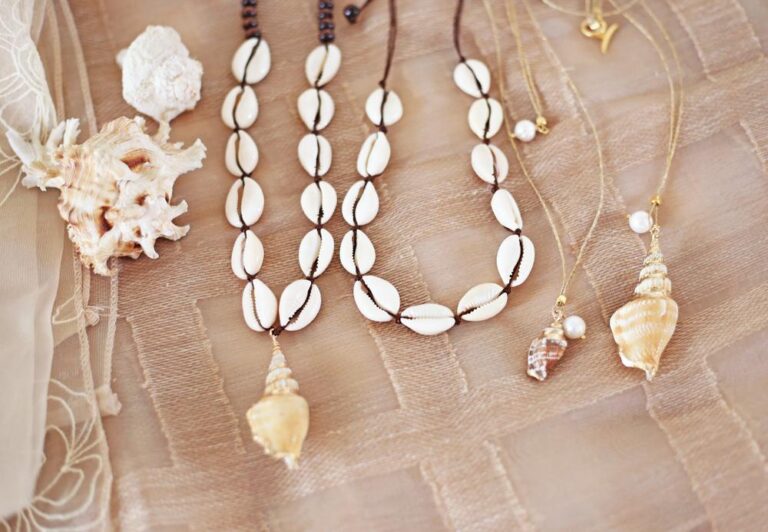How the display of wealth and jewellery design has evolved
Today’s wealth is measured by the numbers on a screen. In ancient times, the best adorned tribes in terms of precious metals, amulets, heavy furs, were always the richest and most powerful. That wealth and power were tangible assets that could literally be measured by weight.
Ancient Egypt, Mesopotamia, Ancient Greece, Rome – as precious stones, such as Lapis Lazuli and turquoise and metals evolved, ownership was claimed by the ruling elite. They were formed into items such as amulets, bracelets, rings, and necklaces. Often these pieces were adorned with intricate designs and motifs, denoting the clan they belonged to. Different design of signet ring would be symbolic of an individual’s rank and position of power in a particular community.
A sign of identity
The symbolic nature of jewellery continued into the medieval and renaissance period. Although the design of the jewellery itself became less elaborate, they became more indicative of the allegiance or status the bearer held within a certain feudal hierarchy. As visible adornments the were an immediate sign to outsiders that the bearer was a man of wealth and distinction, and therefore treated accordingly. Losing that power immediately led to the loss of all that tangible wealth – it was removed and passed on to the next person.
In times of strife, when noble families might be at risk of slaughter, they would flee with what valuable that could keep hold of. Often, signet rings bearing family crests or religious symbols were the only proof that an individual could produce that linked them back to that original position of power.
Improvements in the manufacturing processes
The Renaissance period saw a resurgence of interest in decorative jewellery among men. Improving and more intricate production methods witnessed an increase in pieces with ornate gold chains, pendants, and brooches becoming fashionable among the nobility.
As the design of jewellery evolved over the centuries, men’s jewellery becoming more elaborate and extravagant. Horological engineering was he modern invention of the time, and pocket watches became a popular accessory among men during the 18th and 19th centuries, often attached to chains and worn as a statement of wealth and refinement.
As we move beyond the industrial revolution and into the 20th and 21st centuries, there is a definite shift towards a wider accessibility to jewellery among the less wealthy and powerful. As well as more sophisticated mass manufacturing enabling the production of smaller, less refined pieces, often mixed with different alloys to dilute the precious metal elements and reduce overall costs. A gold men’s bracelet might be finished with leather, for example, bringing the price to a more accessible level, yet still maintaining that investment for the individual.
Declining quality and greater accessibility
In the 20th and 21st centuries, jewellery has very much become a consumer product, accessible to everyone. No one has ever forgotten those immortal words uttered by Gerald Ratner, the infamous owner of the Ratner jewellery stores back in 1991. In a speech to the Institute of Directors, when asked how he could sell his products so cheaply, his brash answer was that it was ‘total crap’. This throwaway comment caused the share price to tank, and Ratner ultimately to resign from a company he had inherited from his father and built into a 2500 store empire.
This story illustrates the ‘dumbing down’ of so much of the wealth that is now held in jewellery. The 20th century saw a retail explosion, with those on smaller incomes looking for ways in which they could hold on to their own small bit of wealth. The jewellery market was a major part of this, creating narratives in which diamond engagement rings not only meant a never ending love, but more opportunities for ambitious entrepreneurs.







